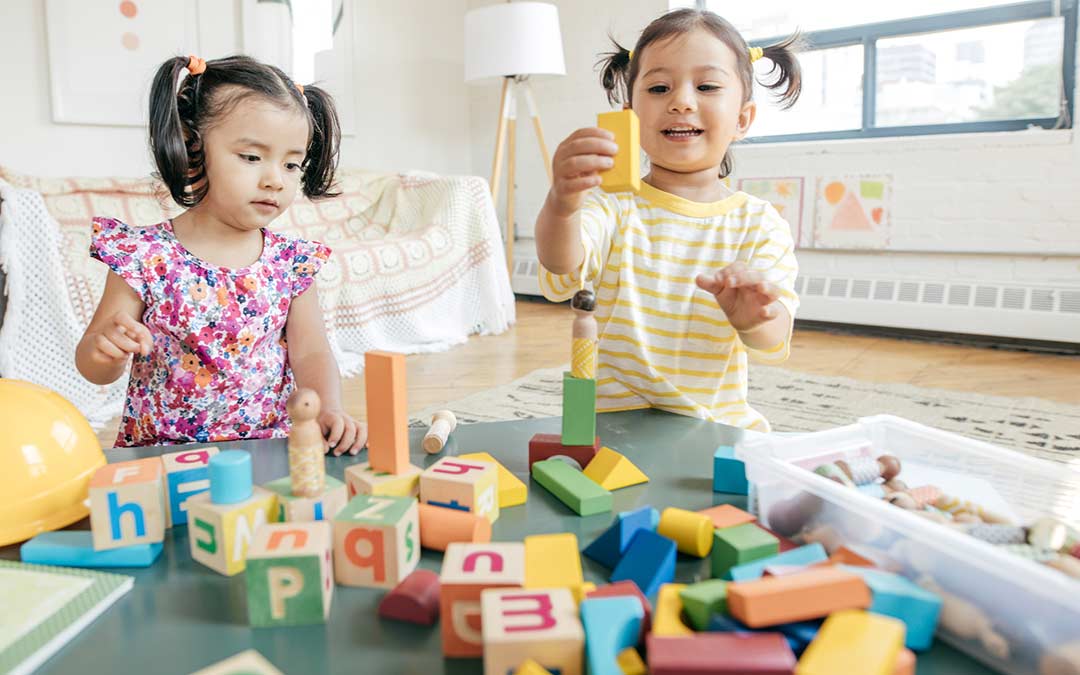By Bette J. Freedson, LCSW, LICSW
You can teach your kids that conflict is normal and that handling conflict effectively does not mean you will always get your way. Teaching kids about compromise is a big part of these lessons.
Basic Strategies of Conflict Resolution
- Stick with facts
- Use “I” messages
- Listen with empathy
- Brainstorm choices
- Separate problems from people
- Focus on the present
These strategies work with each other. Focusing on facts and using “I” messages leads to a focus on the present.
Age-Appropriate Strategies
Depending on the ages of your children you can make conflict resolution strategies nuanced or matter-of-fact. Young kids are concrete. Older kids can understand more abstract concepts.
Encourage kids to stick with facts by teaching them to focus on the problem to be solved without bringing up past things that have happened, or referring to opinions from other parties.
Kids can be taught the concept of empathy. Young kids can play out scenarios with their stuffed animals. With older kids, suggest that they put themselves in the other person’s shoes and then imagine how things might seem from the other person’s point of view. You can read and discuss books, movies or TV shows with your kids, or talk about real life challenges.
When empathetic listening is used, kids will be learning how to stay with the facts, and the focus will naturally be on problems not on people, which is a key concept in resolving conflict. To help them learn this, you can teach the kids to discuss choices without judgment.
While that can be useful with older kids, it may be less effective with little ones. If children are having a hard time keeping track of the choices, an adult can write down the choices and review the choices with them.
When you know what is going on with your child, you can be proactive in directing and redirecting behavior based on the above strategies, and available to discuss the conflict resolution skill involved. Your kids will watch what you do. The more you use conflict resolution strategies yourself, particularly when it arises with the kids and you, the more likely your kids will be to be able to use them.
Next Steps
Adults are advised to call for a mediator or agree to disagree if the conflict can’t be resolved. The equivalent for kids is for them to ask a safe adult for help, or when appropriate, agreeing to disagree under the supervision and direction of an adult.





